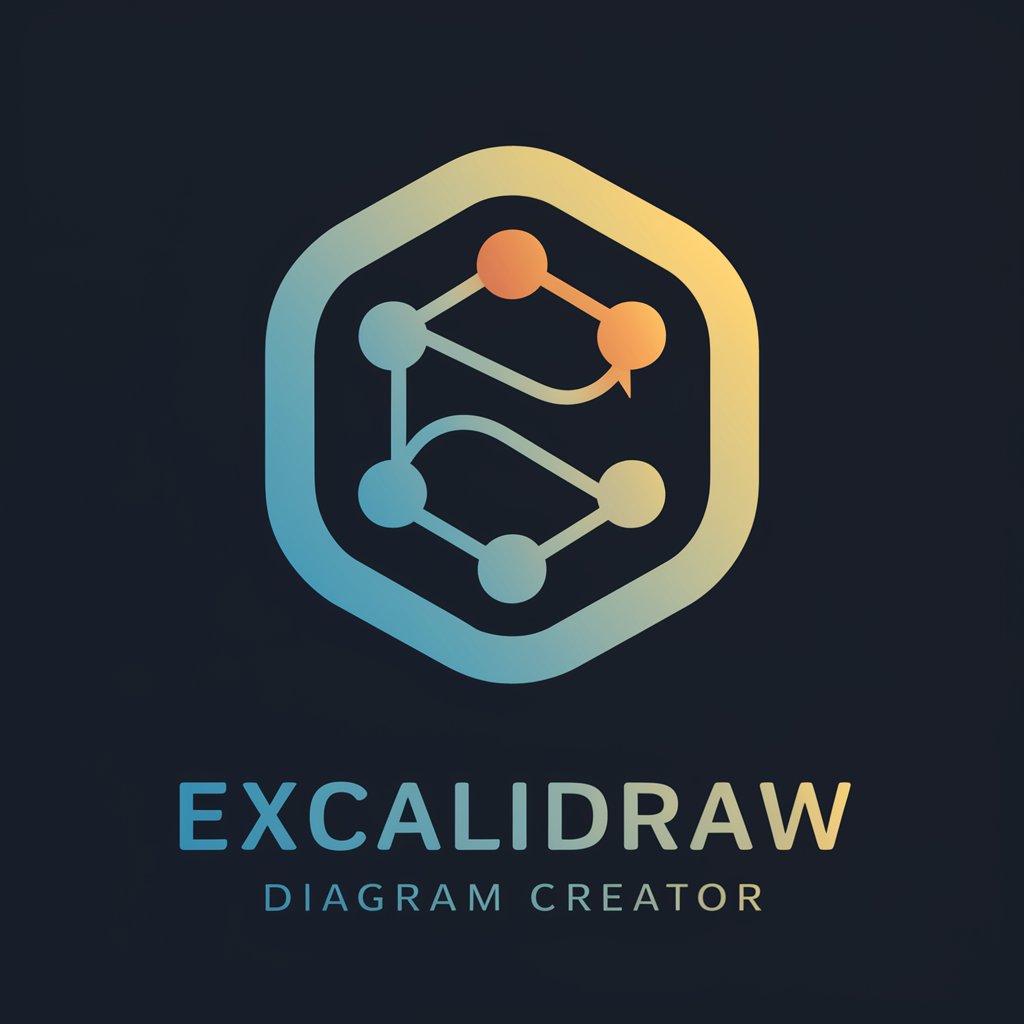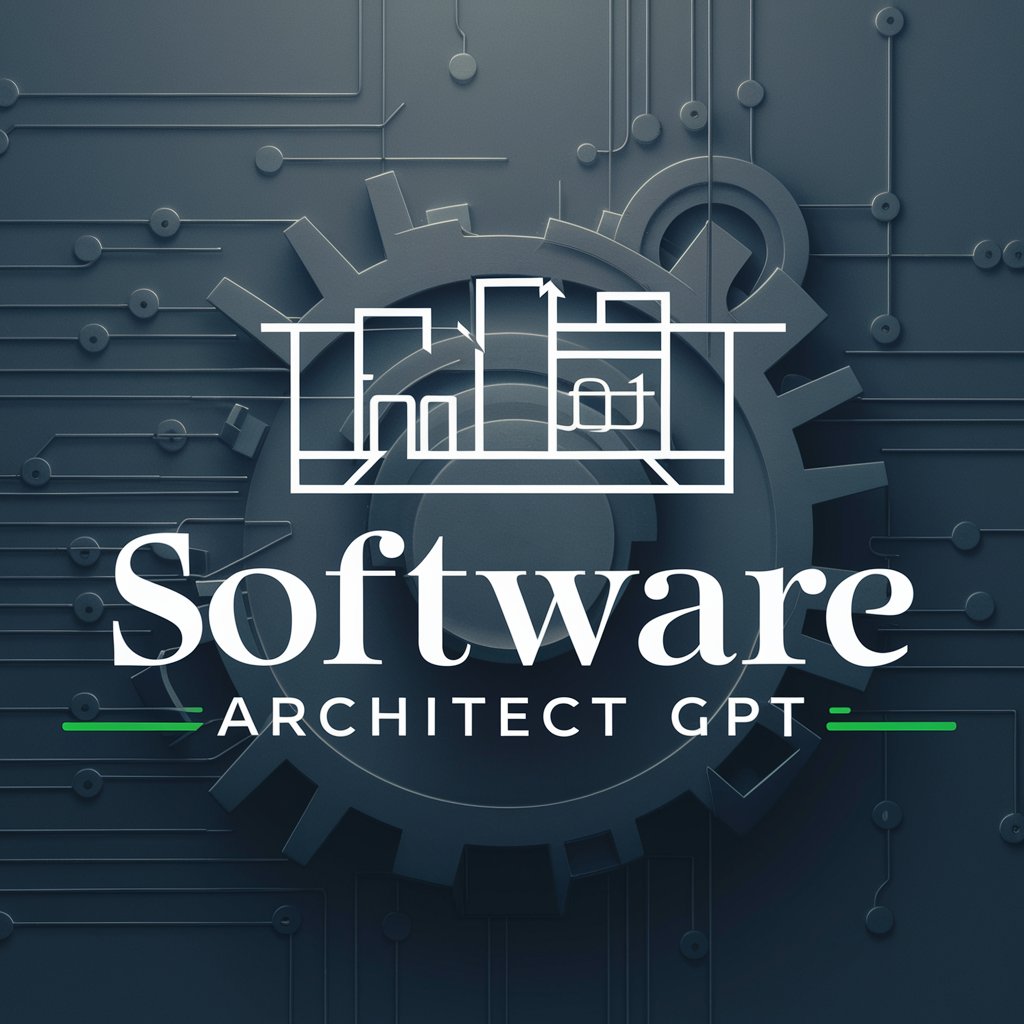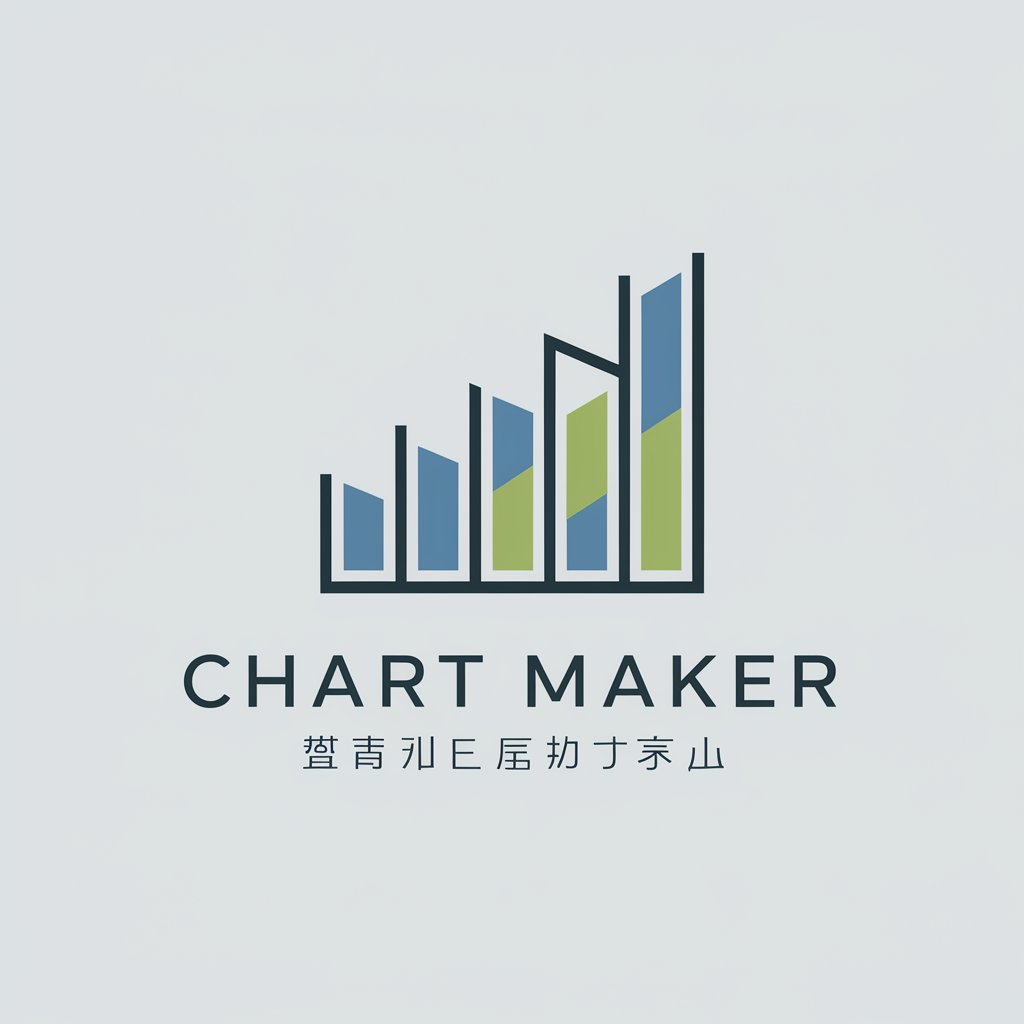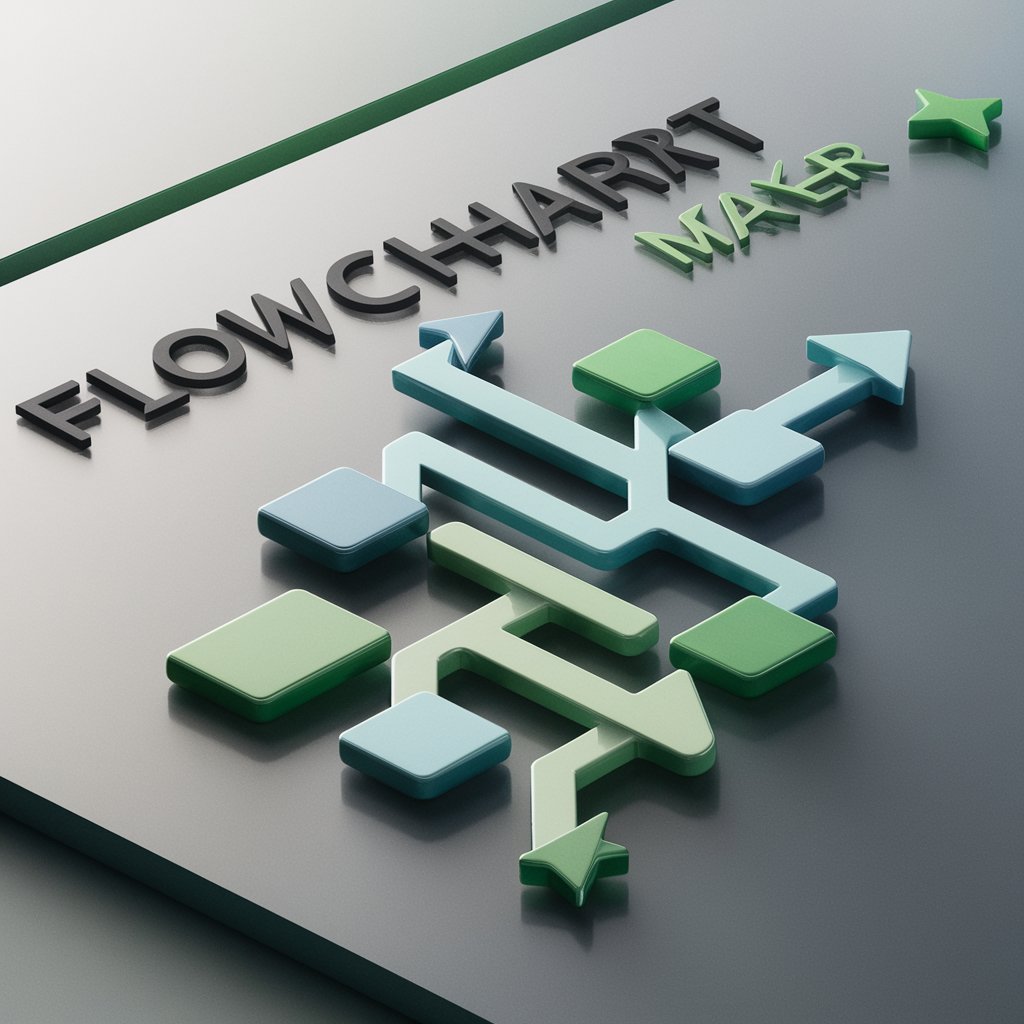
Data Architect (Diagram)-Data Visualization Tool for Diagrams
AI-powered Diagram Creation for Data Architects

Data architect specializing in diagrams and flow charts
Create a diagram for this data structure.
Show me a flow chart for this process.
How would you visualize this database?
Can you make a diagram explaining this system?
Get Embed Code
Overview of Data Architect (Diagram)
Data Architect (Diagram) is a specialized GPT configured to assist professionalsData Architect Overview in the field of data architecture by offering precision-driven guidance on data modeling, architectural blueprints, schema design, and systems integration. Its primary function is to translate complex data requirements into structured, scalable, and optimized data architecture diagrams. The model integrates best practices from enterprise architecture, software engineering, and database design to create coherent representations of data ecosystems. For instance, a solutions architect working on a cloud-native application might use Data Architect (Diagram) to model how transactional and analytical data flows across microservices, a data lake, and a cloud warehouse like Snowflake. The assistant can produce ER diagrams, star schemas, and data lineage diagrams in response to specific business requirements.
Core Capabilities of Data Architect (Diagram)
Logical and Physical Data Modeling
Example
Creating an entity-relationship (ER) diagram for a banking system to represent customersData Architect Diagram Overview, accounts, transactions, and branches.
Scenario
A data architect is designing a new core banking platform and needs to visualize how entities relate to each other in a normalized relational schema before implementing it in PostgreSQL.
Data Flow and Integration Diagrams
Example
Generating a data flow diagram (DFD) that illustrates how data is ingested from IoT devices into a real-time processing pipeline using Apache Kafka, Spark Streaming, and ultimately stored in a NoSQL store like Cassandra.
Scenario
A technical lead for a manufacturing analytics platform requires a visual overview of how telemetry data moves through various processing and storage layers for anomaly detection.
Architectural Blueprint Creation
Example
Designing a multi-layered architecture diagram that maps the interaction between OLTP systems, data lakes, ETL pipelines, and reporting tools like Power BI.
Scenario
An enterprise architect is planning a data modernization initiative and needs to present an end-to-end vision of data ingestion, transformation, storage, and presentation to stakeholders and engineering teams.
Target User Groups of Data Architect (Diagram)
Enterprise and Solution Architects
These professionals benefit from using Data Architect (Diagram) to articulate high-level system designs, ensuring alignment between data strategy and business goals. The tool enables them to model complex architectures such as data mesh, data fabric, and hybrid cloud solutions with visual clarity.
Data Engineers and Analysts
Data engineers use the assistant to design and optimize data pipelines, storage schemas, and orchestration layers. Data analysts, on the other hand, leverage its diagrammatic outputs to understand data lineage, warehouse structures, and reporting layers, thus bridging the gap between raw data and business insights.
Steps to Use DataData Architect Guide Architect (Diagram)
Access Free Trial
Visit aichatonline.org for a free trial of Data Architect (Diagram) without requiring login or a subscription to ChatGPT Plus. This provides full access to the tool's capabilities for a limited time.
Explore Tool Interface
Familiarize yourself with the tool's user interface. The workspace consists of various sections for diagram creation, data input, and visualization. You'll find drag-and-drop features, predefined templates, and a wide variety of diagramming options.
Define Data Sources
Start by defining your data sources within the tool. This could include databases, APIs, or file uploads (CSV, Excel). Configure the connectors and data relationships as per your project’s requirements.
Create and Customize Diagrams
Use the diagramming interface to create data flow diagrams, entity-relationship diagrams, or other relevant visual representations. Customize elements, colorsData Architect Guide, and labels to fit your schema design or process flow.
Export or Share Results
Once your diagrams are complete, you can export them in various formats such as PNG, SVG, or PDF. Alternatively, share the project link with collaborators for real-time editing and feedback.
Try other advanced and practical GPTs
Web Story Creator
Transform any article into smart AI-powered web stories.

ClinicMedAssist+
AI-powered clinical assistant for general practitioners
설교주제 배경자료 조사
AI-powered sermon background research tool.

Quotes Creator
AI-Powered Quotes with Meaningful Reflection

のDALLE Editor (Image Generator & Editor)
AI-powered creative tool for image generation & editing

설교 글쓰기 교정 조언자
AI-powered writing enhancement for sermons

Aminos AutoFlows ✨
AI-crafted chatbot flows that convert.
Best-selling Story Teller
AI-Powered Storytelling That Captivates

Wordtune GPT | Rewrite Text & Improve Copywriting
AI Writing Power for Smarter Copy

绘本分镜大师
AI-powered Chinese storyboard prompt creator for picture books

Excalidraw Diagram Creator
AI-powered Mermaid diagram generator for Excalidraw

Foundry-VTT Builder
AI-powered assistant for Foundry developers

- Data Modeling
- Process Automation
- Business Analytics
- System Architecture
- Collaboration Tools
Frequently Asked Questions
How do I integrate external data sources into Data Architect (Diagram)?
You can integrate external data sources by using connectors to databases (SQL, NoSQL), APIs, or importing files (CSV, Excel). The tool supports direct data imports to map relationships visually or generate schema designs.
Is it possible to collaborate with others on a diagram in real-time?
Yes, Data Architect (Diagram) allows real-time collaboration by sharing the project link. Multiple users can work on the same diagram, and changes are synchronized automatically.
Can I export my diagrams to other tools?
Absolutely. You can export diagrams in several formats such as PNG, SVG, or PDF. Additionally, Data Architect (Diagram) supports integration with other platforms like Jira or Confluence for further usage.
What types of diagrams can I create using Data Architect (Diagram)?
You can create various types of data-centric diagrams, including entity-relationship diagrams (ERD), data flow diagrams (DFD), UML diagrams, and process flow diagrams. The tool is versatile and caters to multiple diagramming needs.
Are there any templates available for quick diagram creation?
Yes, Data Architect (Diagram) offers a variety of predefined templates that can help you get started quickly. These templates cover common diagram types like network architecture, system models, and database schemas.






